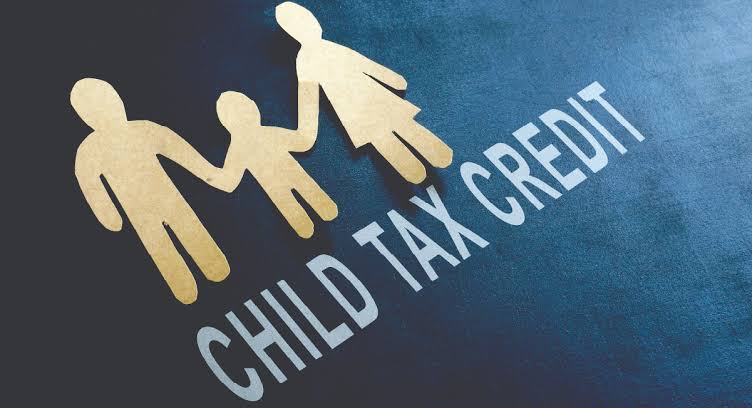
With American inflation at a 40-year high, the rising cost of living is hurting citizens, particularly those from low-income households. Because of a combination of lockdown procedures during the peak of the COVID-19 pandemic and restrictions on Russian gas imports due to the country’s incursion of Ukraine, the US inflation rate for September reached 8.2 percent.
Several governments have implemented rebate programs to help lessen the burden on their citizens, particularly those who come from low-income households, due to the rising cost of essential commodities. The Child Tax Credit program is one effort to lessen the financial burden for parents who have children.
What Is Child Tax Credit?
The Child Tax Credit approach lowers the amount of taxes that families with children must pay to assist them. The entirety of your tax payment is ultimately reduced by the amount you got as a tax credit.
Eligibility
Families must fulfill two requirements to be qualified:
The benefits above are only available to children under the age of 16. On a joint return, a family’s earnings cannot surpass $400,000; on a single return, it cannot exceed $200,000. For amounts beyond such levels, there will be a penalty of $50 per $1000 for those who still want to claim child tax credits.
If You Are A Non-Tax Filer
Typically, single people making $12,500 or less or married couples making $25,000 or less are exempt from filing taxes. Senior citizens who exclusively get Social Security are likewise affected by this. However, even if you don’t file taxes, you can be qualified for these perks. The portal GetCTC.org tool allows non-filers to check their eligibility for the child tax credit if they’re interested in doing so, reports Marca.

